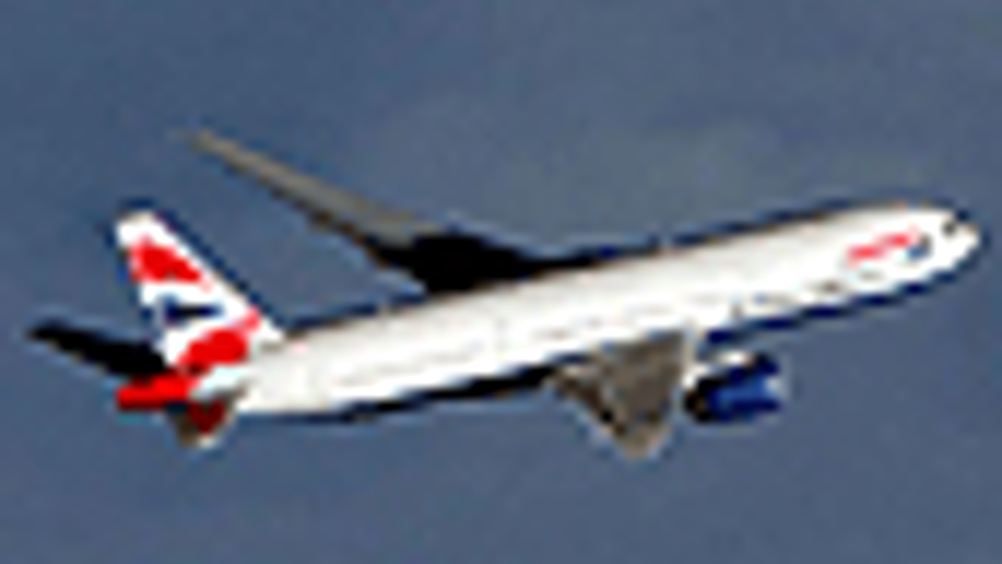Green flight
The UK aviation industry should be helped to embrace environmentally friendly technology instead of being restricted, says Jill Brady.

We all know that the UK aviation industry is economically vital to the nation’s well-being — and that people value the ability to travel the world for holidays and business — but we need to balance both of these benefits with our contribution to climate-change emissions and other impacts on the environment.
Aviation currently accounts for six per cent of UK man-made CO2 emissions and two per cent globally. But it also contributes £11.4bn annually to the UK economy — around 1.1 per cent of GDP — and directly or indirectly generates around half a million jobs. We need to refocus the debate on how aviation can adapt to meet the needs of a carbon-constrained world, rather than trying to restrict the sector’s growth. By delivering progress through new engineering, technological and systems advances, we will be able to meet rising passenger demand while also addressing and then reducing our environmental impact.
To help achieve this, Sustainable Aviation (SA) was launched in 2005. A world-first, it brings together the main players from UK airlines, airports, aerospace manufacturers and air traffic management (ATM) providers and enables a collaborative approach to a more sustainable future for the industry. Sustainable Aviation’s 2005 strategy set out a vision for 2020 and beyond, in which the UK aviation industry meets the needs of society for air travel, maximising its benefit for the economy while addressing any negative impacts on the local and global environment.
SA’s second biennial progress report, covering 2007-8, reviewed progress on the eight goals and 34 commitments that formed the SA strategy. The 2009 report was compiled by SA’s members and was further reviewed by an external stakeholder panel. The report clearly demonstrated that the aviation industry is making progress in achieving its aims. The technology developed by the industry will play a major role in providing further solutions to the environmental challenges we face. It also allows us to be confident that we will continue to deliver for Britain as it recovers from recession. Aviation is by no means complacent about its responsibility to the environment and we hope that our reports and the demonstrable progress we have made will help inform the wider debate on climate change in light of the needs of a modern society. At the heart of SA’s 2009 progress report was its CO2roadmap to 2050, which predicted that UK aviation’s CO2emissions will peak in 2020 and fall back to 2000 levels by 2050 — despite the forecasted trebling in passenger demand. The roadmap offered a compelling illustration of the innovations being pursued by the different sectors in our industry. It identified that the industry’s future success could be decoupled from an automatic growth in its carbon footprint through improved ATM operations, engine and airframe engineering developments and sustainable alternative fuels. By far the biggest contribution will come from engine and airframe technology developments, with the UK aerospace industry currently spending close to £3bn every year on research and development.
The use of new aircraft engines, whether open rotor or geared turbofan, new aircraft materials and manufacturing processes, such as composites and blended wings, as well as airframe aerodynamic improvements such as natural or hybrid laminar flow control, advanced riblets, low drag technology and innovative aircraft configurations are all expected to contribute to major reductions in carbon intensity. As these technologies are incorporated into the fleets of the manufacturers’ customers — UK airlines — our passengers can feel more confident in the sustainability of air travel.
It is not just about CO2, however; the industry also aims to tackle other local and global environmental impacts. For example, work is under way to develop a code of practice for aircraft departing airports, to not only cut CO2emissions, but also to reduce NOx and noise under the flightpath. SA’s work therefore also feeds in to the ACARE (Advisory Council for Aeronautics Research in Europe) goals, which aim for a 50 per cent reduction in noise and CO2 emissions and an 80 per cent cut in NOx in new aircraft by 2020, compared with their equivalents in 2000.
With more than 228 million passengers using UK airports in 2007 and approximately 2.5 million tonnes of freight being carried from the UK, the aviation industry is integral to the country’s success. The economic downturn doesn’t mean that Sustainable Aviation is any less of a priority and so we are currently reviewing the strategy’s goals and commitments to make sure that they remain relevant and continue to put UK aviation on a more sustainable flightpath to the future.
Jill Brady is chair of Sustainable Aviation and general counsel, director of corporate responsibility and government affairs of Virgin Atlantic
Register now to continue reading
Thanks for visiting The Engineer. You’ve now reached your monthly limit of premium content. Register for free to unlock unlimited access to all of our premium content, as well as the latest technology news, industry opinion and special reports.
Benefits of registering
-
In-depth insights and coverage of key emerging trends
-
Unrestricted access to special reports throughout the year
-
Daily technology news delivered straight to your inbox










Water Sector Talent Exodus Could Cripple The Sector
Maybe if things are essential for the running of a country and we want to pay a fair price we should be running these utilities on a not for profit...